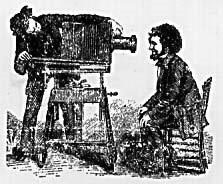The 880 is a blue-and-white-colored commuter bus that belongs to the Community Transit bus system, which travels to areas in
The trip to University District and back approximately takes 45-minutes to one hour. The long duration of the trip affects the activities conducted on the bus, and the most popular activity by far for passengers to do on the bus is to simply sleep. Commuter buses boast features such as cushiony seats, overhead compartments, reading lights, leg rests to make the long ride to the U-District more tolerable. People will generally avoid sitting next to each other, if possible. Each bus passenger like to occupy his/her own pair of seats.
The 880 is serves an important role to those who must commute to U-District frequently by providing an accessible, inexpensive form of transportation, without having to experience the inconvenience of paying for parking fees, gas, car maintenance, and insurance. For students commuting to UW, the 880 helps cut down the cost of college by living at home. For people who commute to the U-District for their jobs, the 880 expands their employment options beyond areas close to home in

